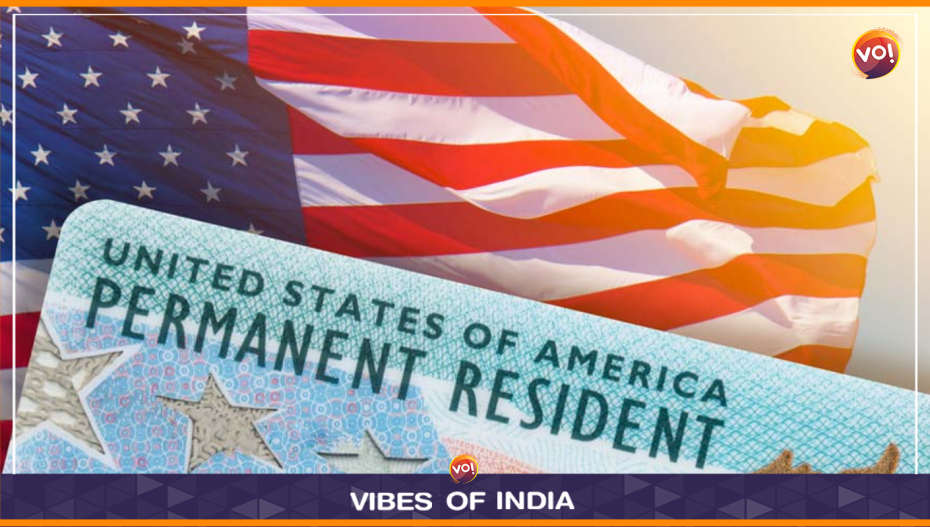The United States Department of State has issued the visa bulletin for April 2024. Significant progress has been made in the Final Action Dates and Filing Dates for Indian applicants under several Green Card categories, according to the latest bulletin.
US immigration law allows certain noncitizens, who are family members of US citizens and lawful permanent residents, to become lawful permanent residents (get a Green Card) based on specific family relationships.
Under Second preference (F2A), spouses and children (unmarried and under 21 years of age) of lawful permanent residents are the family members eligible to apply for a Green Card family “preference immigrant” category. Similarly, Fourth preference (F4) is for brothers and sisters of US Citizens (if the U.S. citizen is 21 years of age and older).
The Final Action Date for the F2A visa has advanced from June, 2020 to September 2020 and for the F4 family-based Green Card, the date for filing has moved up to April, 2006 from February 2006.
According to visa bulletin for April 2024, China will stay at December 15, 2015, and India will stay at December 1, 2020, for the EB-5 Unreserved categories (C5, T5, I5, and R5). Every other nation will continue to exist. There will also be no changes to the EB-5 set-aside categories (High Unemployment, Infrastructure, and Rural).
The visa bulletin describes the availability of immigrant numbers in April for ‘Final Action Dates’ and ‘Dates for Filing Applications,’ which indicate when immigrant visa applicants should be advised to gather and submit relevant evidence to the National Visa Center.
Individuals wanting to file adjustment of status (AOS) applications with USCIS must refer to the “Final Action Dates” charts to determine when they can do so. When USCIS judges that there are more immigrant visas available for the fiscal year than there are known applicants for such visas, it will advise on its website that applicants should instead use the “Dates for Filing Visa Applications”.
In other words, to apply for an AOS application, foreign nationals must have a priority date that is earlier than the date specified under their preference category and country.
The fiscal year 2024 limit for family-sponsored preference immigrants is 226,000. There are at least 140,000 yearly immigrants with employment-based preferences in the world. The annual total of 25,620, which is the sum of the family-sponsored and employment-based preference limits, is the per-country limit for preference immigrants. The dependent area limit is 7,320, or 2% of the total area.
Eligible immigrants receive employment-based preference visas and family-sponsored visas in the order in which their petitions have been filed. When joining the principal, preference immigrants’ spouses and children are entitled to the same status and priority in the application process.
Under employment-based 5th preference, employment creation is 7.1% of the worldwide level, of which 20% is reserved for qualified immigrants who invest in a rural area, 10% for qualified immigrants who invest in a high unemployment area and 2% reserved for qualified immigrants who invest in infrastructure projects.
The remaining 68% are unreserved and are allotted for all other qualified immigrants.
Also Read: Fully Prepared For LS Polls, Oppn Is Rudderless: PM Modi












